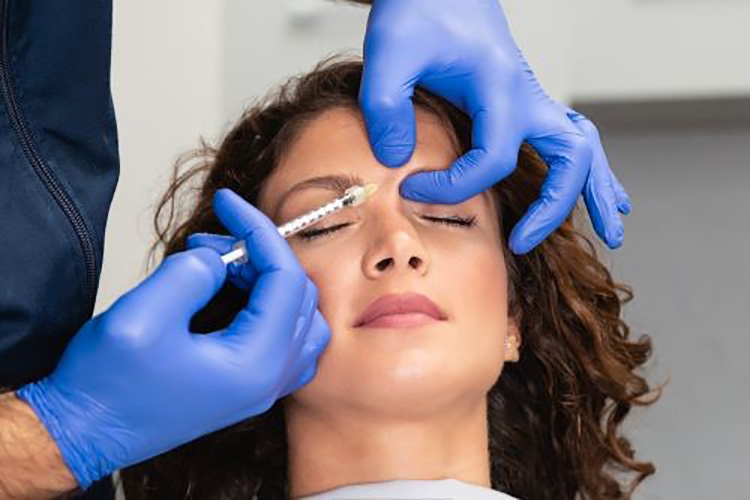

Blog and News Updates
Welcome to Dr. Anderson's Blog. Check back often for new information, recipes and more!

Introduction:
Migraines can be debilitating, affecting millions of individuals worldwide. The quest for effective treatment options has led to the use of neurotoxins including Botox and Xeomin, Dysport and other neurotoxins. While these medications are commonly known for their cosmetic applications, both Botox and Xeomin are commonly used for chronic migraines. In this blog post, we delve into the mechanisms, benefits, and considerations surrounding the use of these neurotoxins in migraine management.
Understanding Chronic Migraines:
Chronic migraines are characterized by recurrent, severe headaches lasting for hours to days, often accompanied by symptoms such as nausea, sensitivity to light and sound, and visual disturbances. These migraines can significantly impair daily functioning and quality of life, prompting individuals to seek effective interventions beyond traditional pain relief medications.
The Role of Neurotoxins:
Botox and Xeomin, both derived from the botulinum toxin, have gained recognition as preventive treatments for chronic migraines. Botox (onabotulinumtoxin A) and Xeomin (incobotulinumtoxin A) work by inhibiting the contraction of the muscles that are often chronically tight which can lead to migraine headaches. The most common injection sites include the forehead but can also include the upper back and neck.
Benefits of Botox and Xeomin for Migraines:
Considerations and Precautions:
While Botox and Xeomin have shown efficacy in migraine management, several considerations should be taken into account before undergoing treatment:
While I do inject Botox and Xeomin in my practice regularly, I find that most patients request to have Xeomin injections because they would prefer a preservative free product. If you suffer from migraine headaches, you may want to consult with a knowledgeable healthcare provider. By consulting with a doctor and weighing the benefits and considerations, patients can make informed decisions regarding the suitability of Botox or Xeomin as part of their migraine therapy regimen.